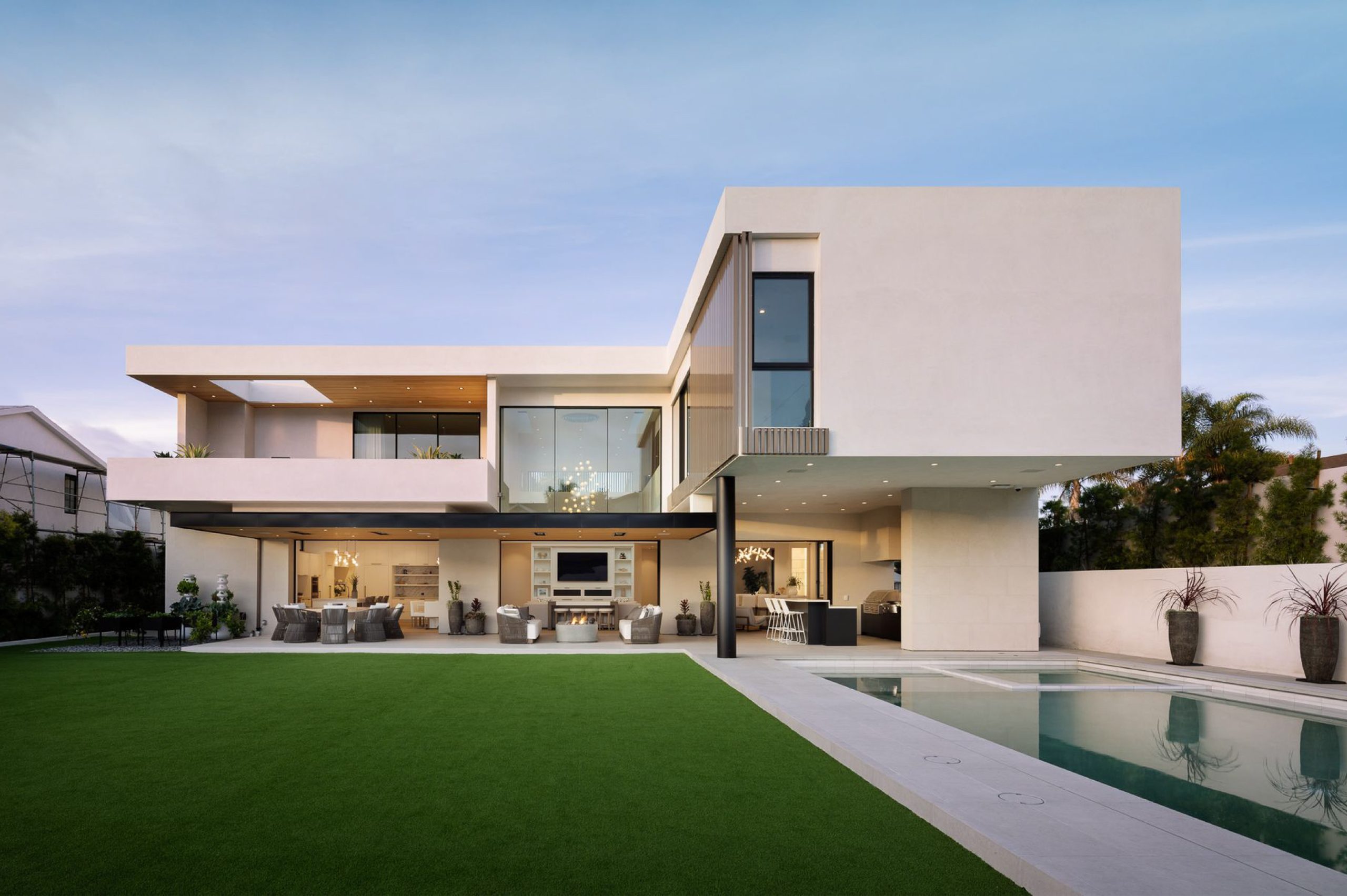In architectural design, where every line and angle serves a purpose, the use of natural light is a foundation of innovation. Architects understand that the interplay of light and space can transform a structure into a living, breathing entity that invites occupants to experience a harmonious blend of aesthetics and functionality.
As we delve into the nuances of architectural design, let us explore the artistry behind optimizing natural light in buildings, focusing on the pivotal role of OTIIMA windows.
The Essence of Natural Light
In architecture, natural light is not merely a component but rather an essential element that shapes the ambience and functionality of a space. Architects recognize the inherent beauty and benefits of sunlight, as it illuminates interiors and influences the mood, perception, and overall well-being of occupants. Architects can create dynamic environments that inspire and uplift by strategically incorporating natural light into design schemes.
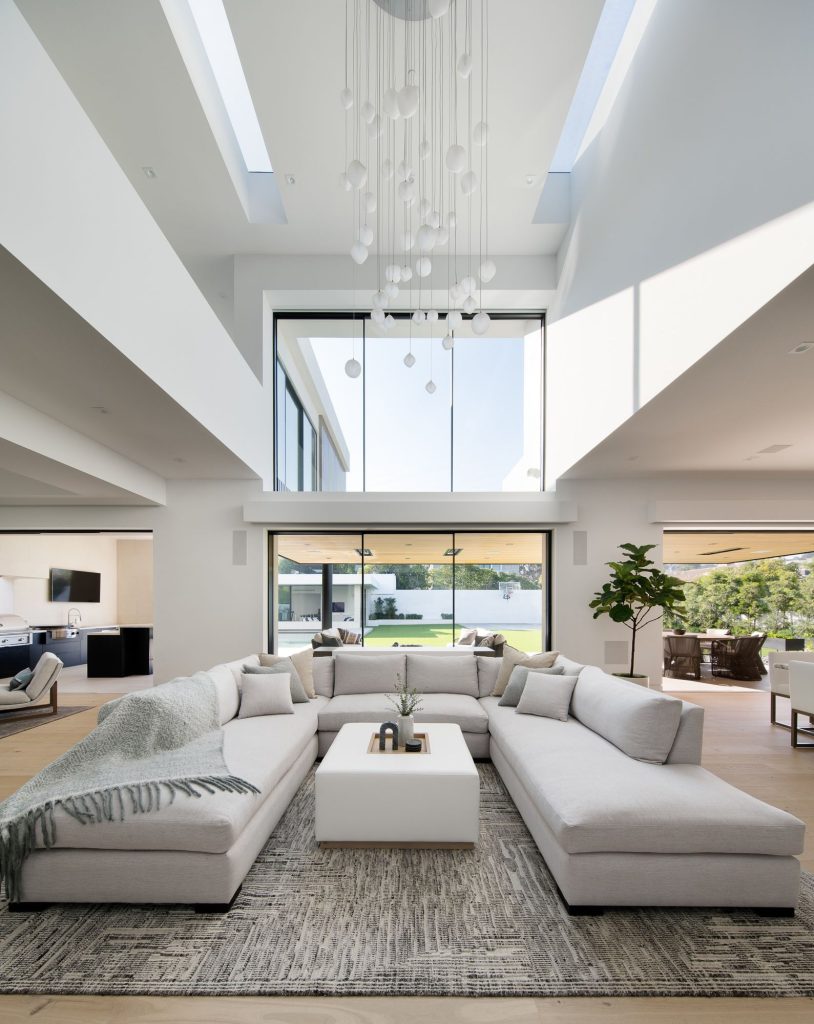
6th Street House | Laney LA | © Eric Staudenmaier
Crafting Luminous Spaces with OTIIMA Windows
At the heart of luminous architecture is the choice of windows, where form and function are seamlessly blended. Renowned for its minimalist yet sophisticated window solutions, OTIIMA offers architects a canvas to elevate their design visions. Crafted with precision and elegance, OTIIMA windows serve as conduits for natural light, seamlessly integrating interior and exterior spaces while exuding a timeless appeal.
Read Also- Crafting Your Dream Home: A Guide to Choosing Windows and Doors with OTIIMA
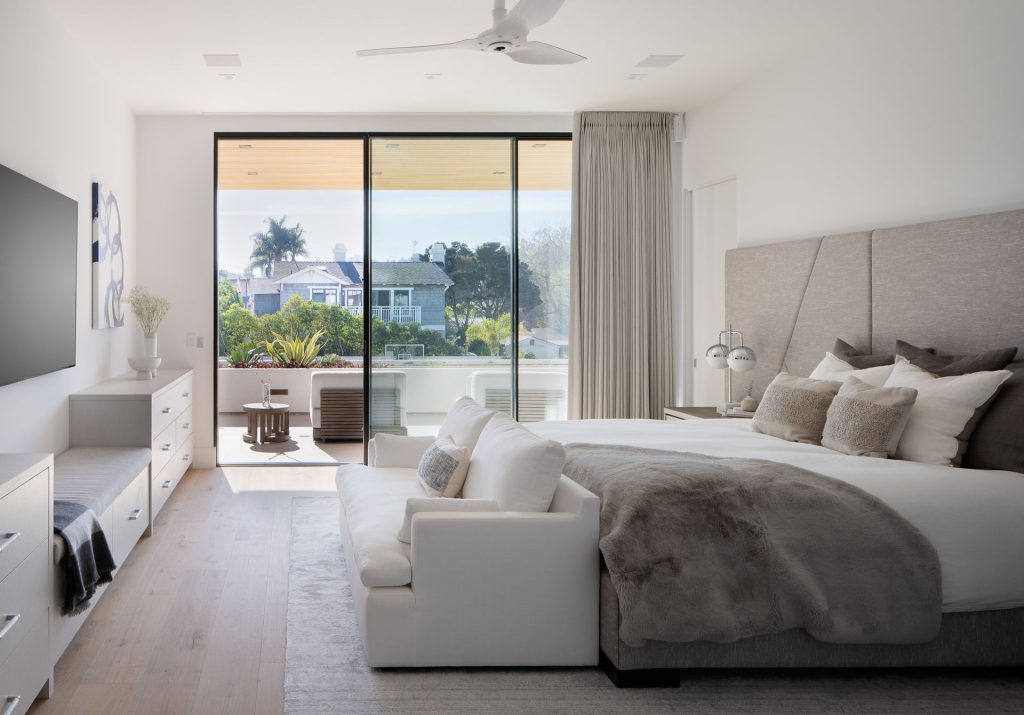
6th Street House | Laney LA | © Eric Staudenmaier
Maximizing Solar Gain
Architects use various design strategies to optimize sunlight penetration into buildings, with window placement and orientation playing a key role. South-facing windows, for example, capture the maximum sunlight throughout the day, bathing interiors in warmth and vitality. OTIIMA’s customizable window configurations allow architects to tailor designs to specific solar angles, ensuring optimal light penetration while maintaining architectural integrity.
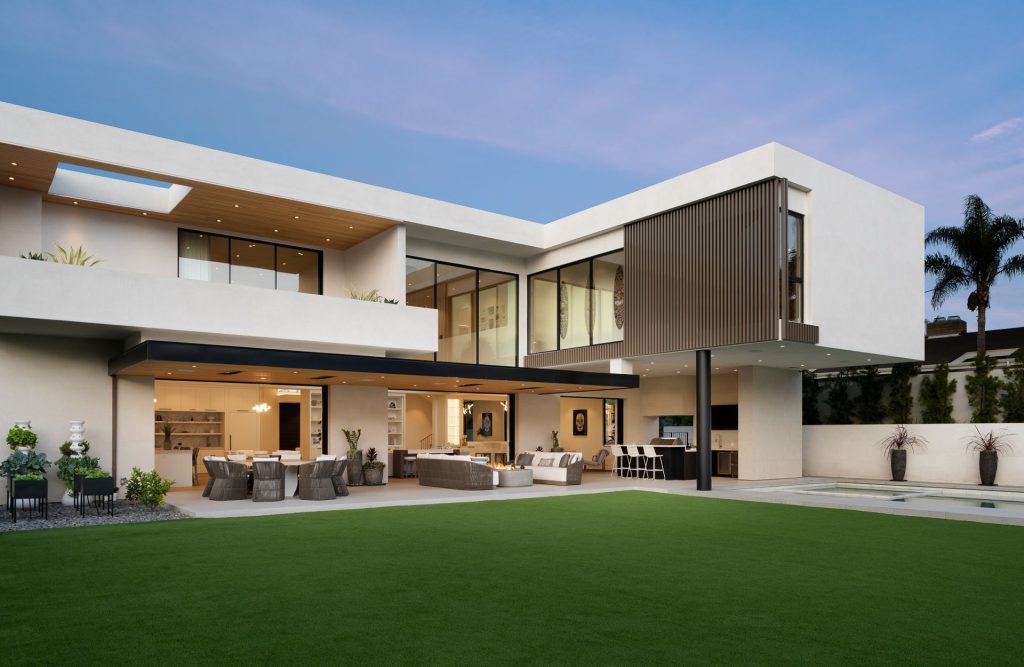
6th Street House | Laney LA | © Eric Staudenmaier
The use of reflective surfaces
In pursuing luminosity, architects often use reflective surfaces to enhance natural light in interior spaces. The strategically placed mirrors, glass partitions, and polished surfaces can reflect sunlight deep into a building, creating a sense of spaciousness and depth. By pairing OTIIMA windows with reflective elements, architects can orchestrate a symphony of light that transcends physical boundaries and enhances the spatial experience for occupants.
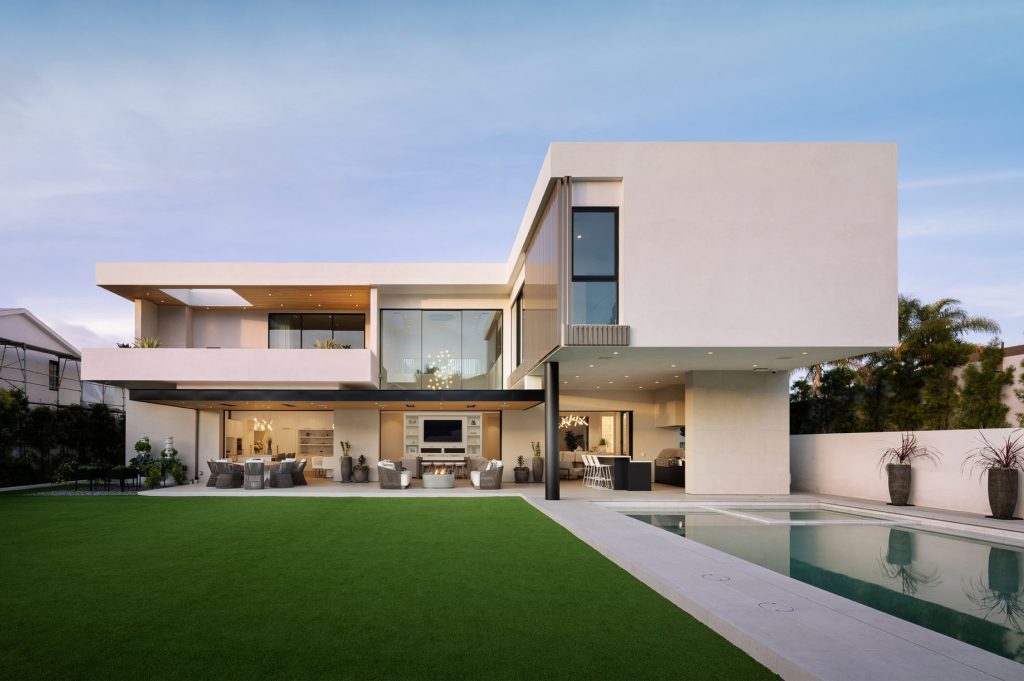
6th Street House | Laney LA | © Eric Staudenmaier
Balancing Light and Privacy
While using natural light is paramount, architects must also consider the need for privacy and glare control within architectural spaces. OTIIMA‘s innovative glazing options allow architects to strike a delicate balance between transparency and discretion. From tinted glass to frosted finishes, OTIIMA windows allow architects to curate environments that prioritize illumination and intimacy to meet the diverse needs of occupants.
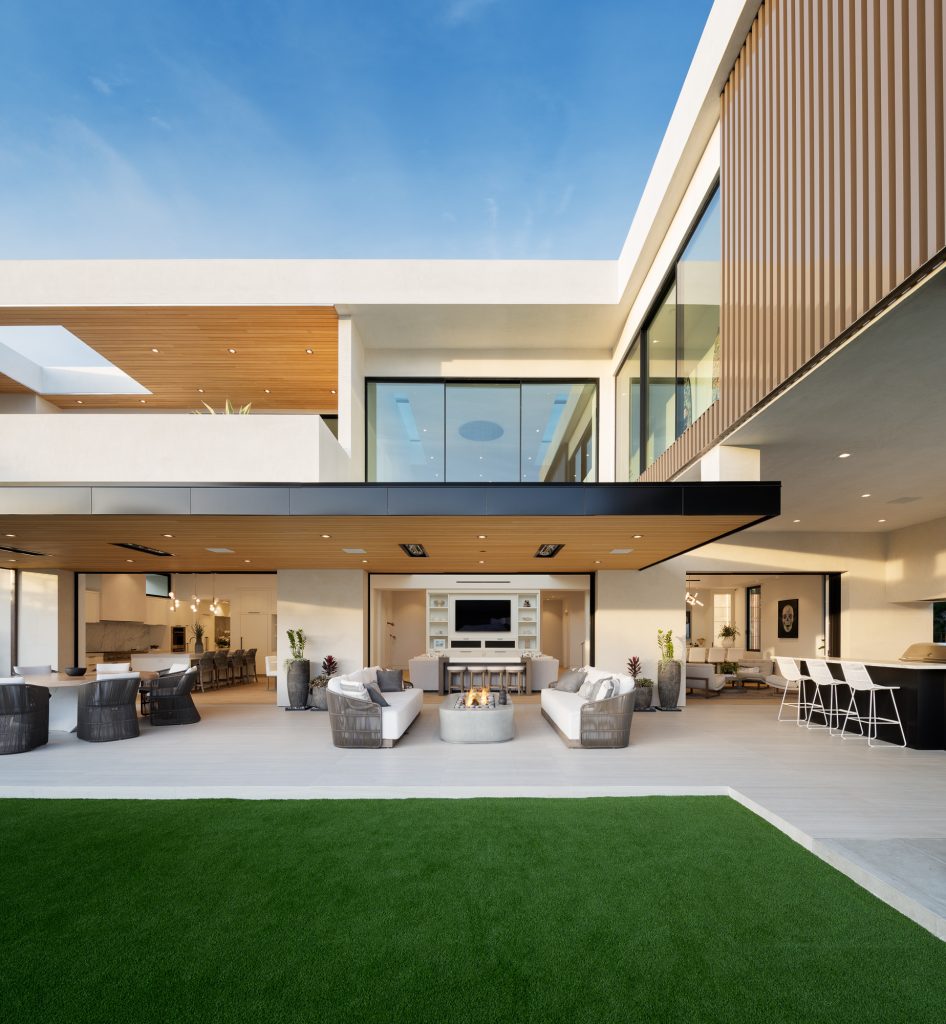
6th Street House | Laney LA | © Eric Staudenmaier
In architectural design, where every line and angle serves a purpose, the use of natural light is a foundation of innovation. Architects understand that the interplay of light and space can transform a structure into a living, breathing entity that invites occupants to experience a harmonious blend of aesthetics and functionality.
As we delve into the nuances of architectural design, let us explore the artistry behind optimizing natural light in buildings, focusing on the pivotal role of OTIIMA windows.
